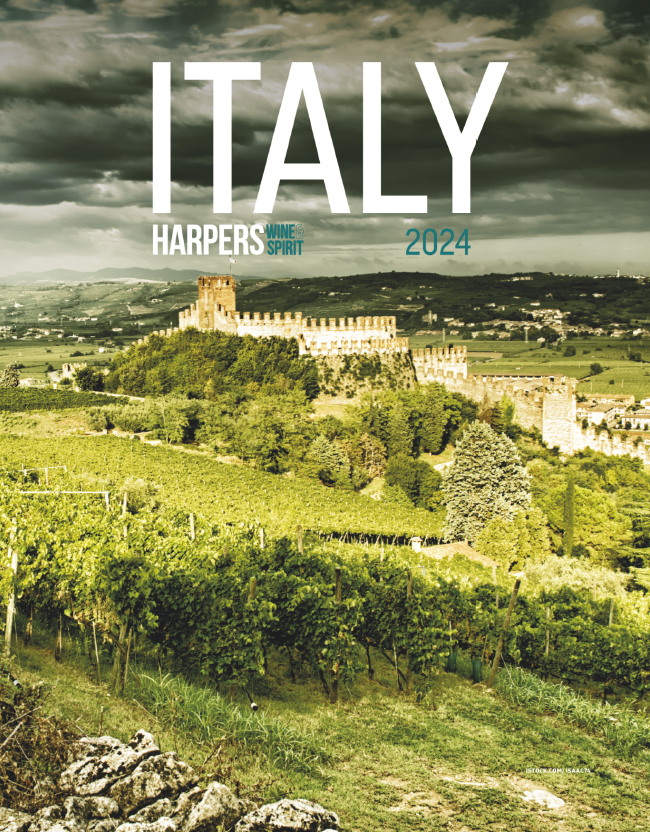
Ecommerce and premium offer opportunities in ‘challenging’ wine market
The latest analyses of the global wine market by IWSR offers some positives, though set against the prediction that the trend to drink less and drink less often will continue.
The report – Key trends for wine in 2023 and beyond – found that “the short- and medium term trend for wine is challenging, with the long-term trend of slowly-declining volumes in many markets expected to continue”.
However, it also described opportunities via ecommerce, which remains in good growth post-pandemic, plus “in the premium space”, as drinkers continue to trade up when they do drink wine.
• Read more: Rising consumer confidence is the blue sky we’re all looking for
Sparkling wine and ‘alternative’ wines were also highlighted as areas where further growth can be expected.
In 2021 volumes of the global market for still wine declined by -2%, retail value grew by +5%.
This was contrasted by the premium-and-above segment of the total global wine market, which is expected to continue to outpace the standard-and-below segment, with the former forecast to grow at a +3% CAGR, 2022-2026 in volume terms.
Another positive sign in the post-pandemic era, is that while consumers have reined in spending due to the global economic climate, the number of consumers that regularly drink wine has recovered in some key markets.
This, finds the report, is partly down to younger consumers returning to wine, having re-engaged as on-trade venues once again operate at closer to normal capacity.
Drilling down into the detail, though, the outlook for wine remains unfavourable when compared with its nearest rivals.
The IWSR found: “Apart from RTDs, all drinks categories experienced a drop in sales in the Covid year of 2020. But whereas spirits are bouncing back strongly, and beer is returning to favour in developing markets, wine’s long-term diminution has continued.
“Wine volumes for H1 2021-2022 were down 5%, and of the top 20 wine markets, only Brazil is drinking more wine now than it did in 2017.”
In line with concerns across much of the wine sector, the report identified “an increasing reliance on older drinkers”, with a need to engage and recruit younger drinkers.
This, it added, would require greater innovation from the trade.
Not all markets are equal, however, with the US, UK and Japan among those that have seen a resurgence in the total number of wine drinkers, “mostly driven by younger adult drinkers” boosting sales in pubs, bars and restaurants.
These drinkers, in turn, were described as having lower knowledge than their older compatriots, also drinking less wine on a given occasion, but being more open to alternatives and to ‘buying less but better’. They are also less likely to buy into well-known brands.
“At just under 1% growth in H1 2022 vs H1 2021, the global volume growth of premium-and-above still wines is fragile, but it is, nonetheless, a clear bucking of the downwards trend of the category as a whole,” said the report, adding that this is a trend that is expected to continue.
It did, however, add the caveat that increased spend is often being out-paced by inflation, meaning that many wine drinkers are simply paying more for the same product.
Keywords:
- premium
- consumption
- IWSR
- report
- alternatives
- Global wine market
- Key trends for wine in 2023 and beyond







